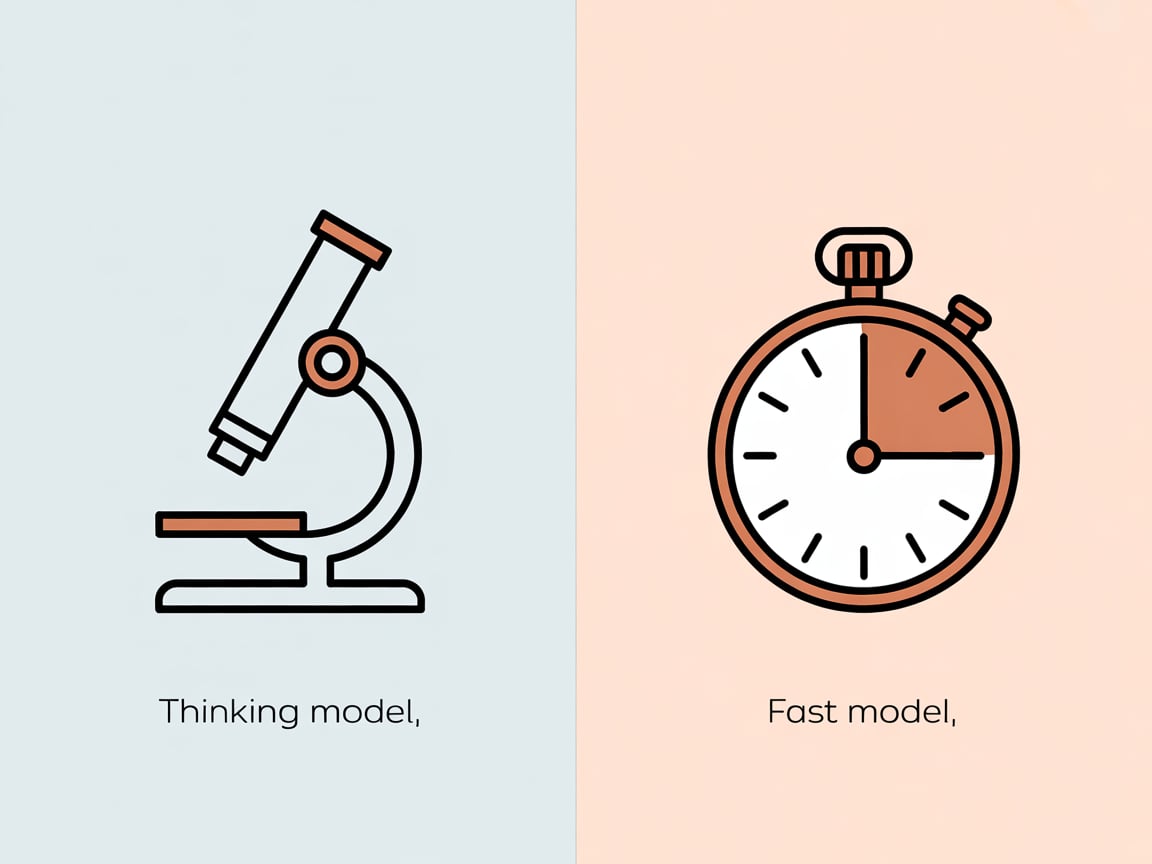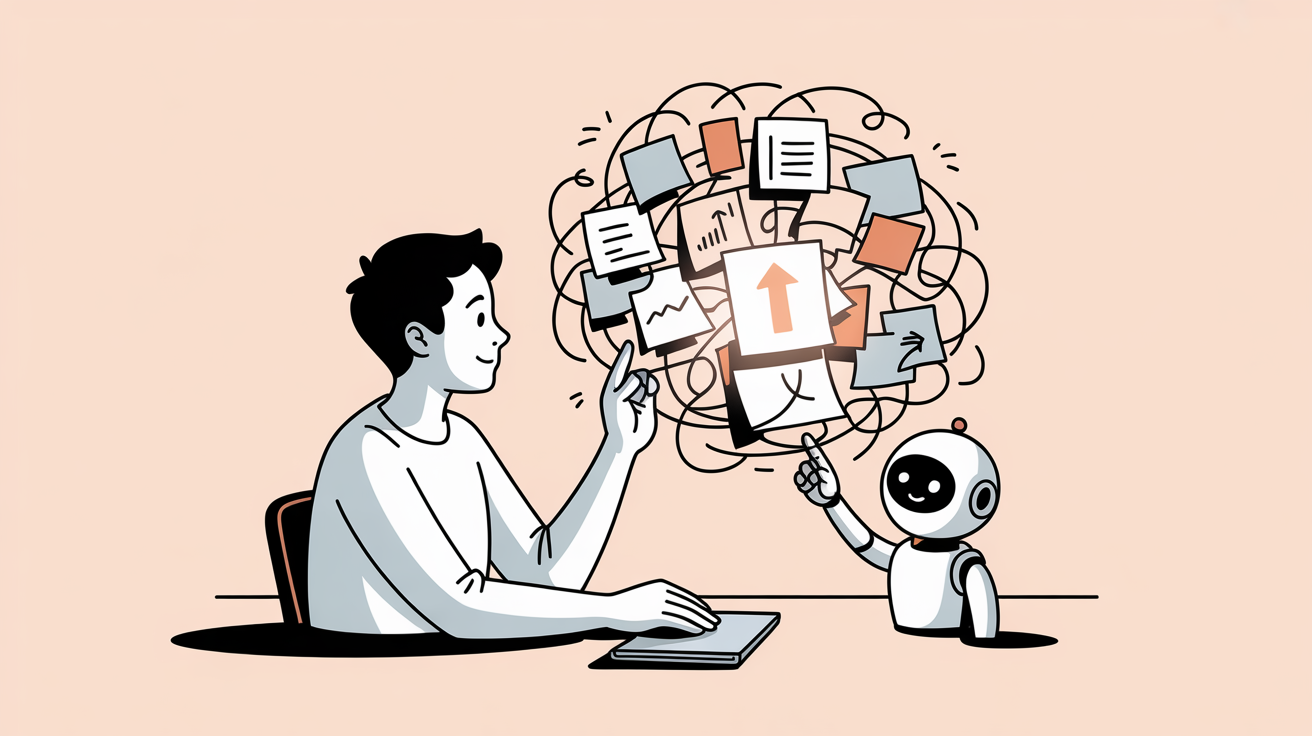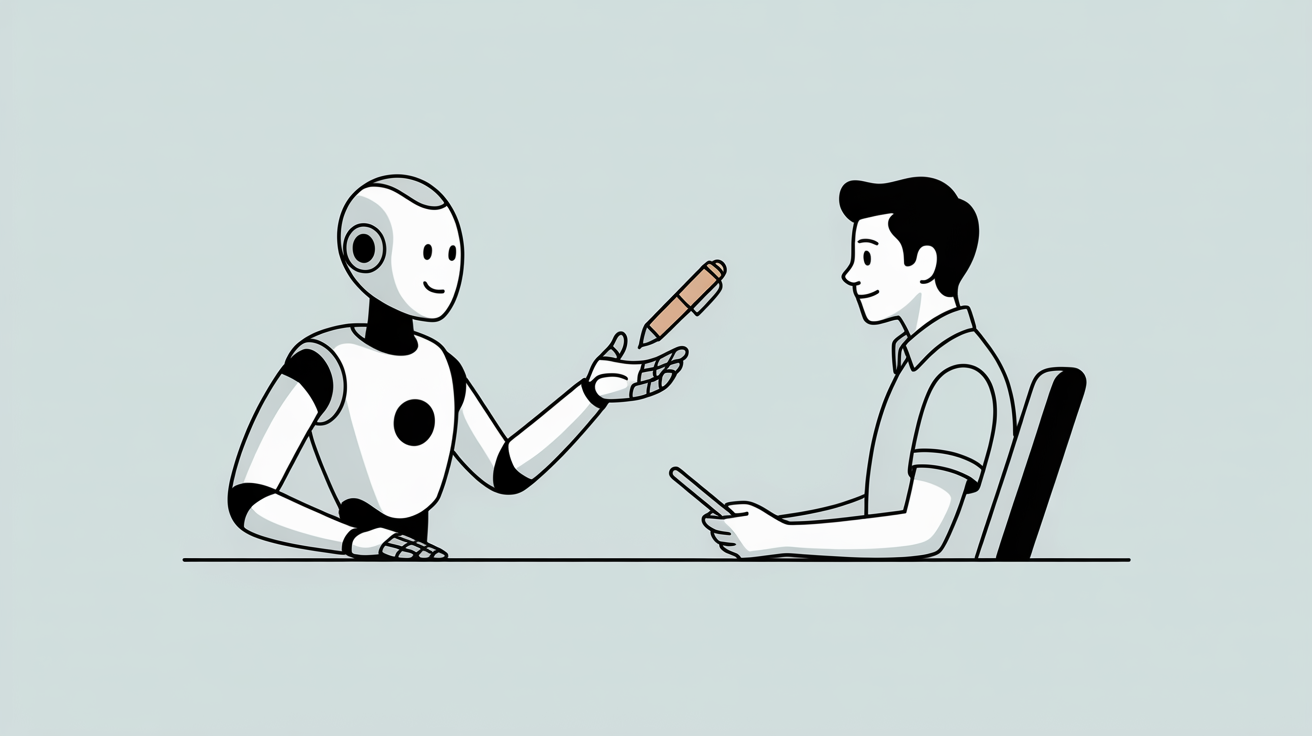It often starts with a sentence that sounds like forward motion: “We have an idea for an AI project. We just need someone to build it.” It sounds decisive, even strategic. But more often than not, that sentence signals a lack of clarity. Not in technology, but in intent. What exactly is the change we want to create? Where does this idea meet the real work people are doing every day? And how will we know if it actually worked?
Many AI initiatives begin with impressive tools but vague goals. A model is selected before a problem is fully understood. A platform is deployed without a shared sense of what success looks like. Metrics are left undefined or added as an afterthought. The result is often underwhelming, not because the technology is weak, but because it was never anchored in something specific and operational. According to BCG, around 80 percent of AI projects fall short of their intended outcomes. That figure reflects a strategic gap, not a technical one.
The most effective projects begin with a moment of pause. Instead of rushing to deploy, successful teams step back and choose one process that feels familiar but frustrating. It could be repetitive reporting, inconsistent communication, long response times, or a constant need to recreate content. The key is not technical complexity, but organizational relevance. When people can immediately relate to the use case, the foundation for adoption is already there.
From that point, the challenge is to define what improvement looks like in measurable terms. What would faster or clearer mean here? Who needs to be involved in shaping the solution, not just implementing it? When a team includes people who understand the workflow, the decision points, and the cultural dynamics, the integration of AI becomes both more effective and more sustainable.
In our work with organizations across finance, logistics, technology, healthcare, and the public sector, we have seen how generative AI delivers real value when tied to specific, high-friction moments. Teams use it to turn fragmented inputs into publishable reports. To generate regulatory responses based on existing materials. To summarize team discussions into briefings and action points. To craft internal communications that reflect the company’s tone. To onboard new hires with continuity instead of repetition. In each case, AI is not replacing judgment. It is reducing the noise around it.
The immediate benefit is often time saved. But the deeper value lies in changing how people engage with their work. When routine tasks are simplified and context is preserved, professionals are able to focus on what requires their expertise. They make decisions faster. They communicate more clearly. They lead with more confidence. And the organization learns to identify other areas where friction can be reduced.
This is not about launching a transformation program or overhauling systems. It is about making one meaningful change that people can feel. One process. One clear goal. One measurable shift. That is where real momentum begins. And from there, the value of AI stops being a promise and starts being a pattern.






